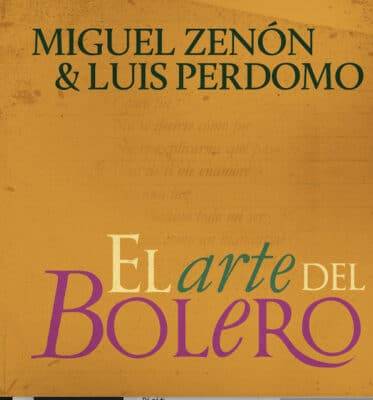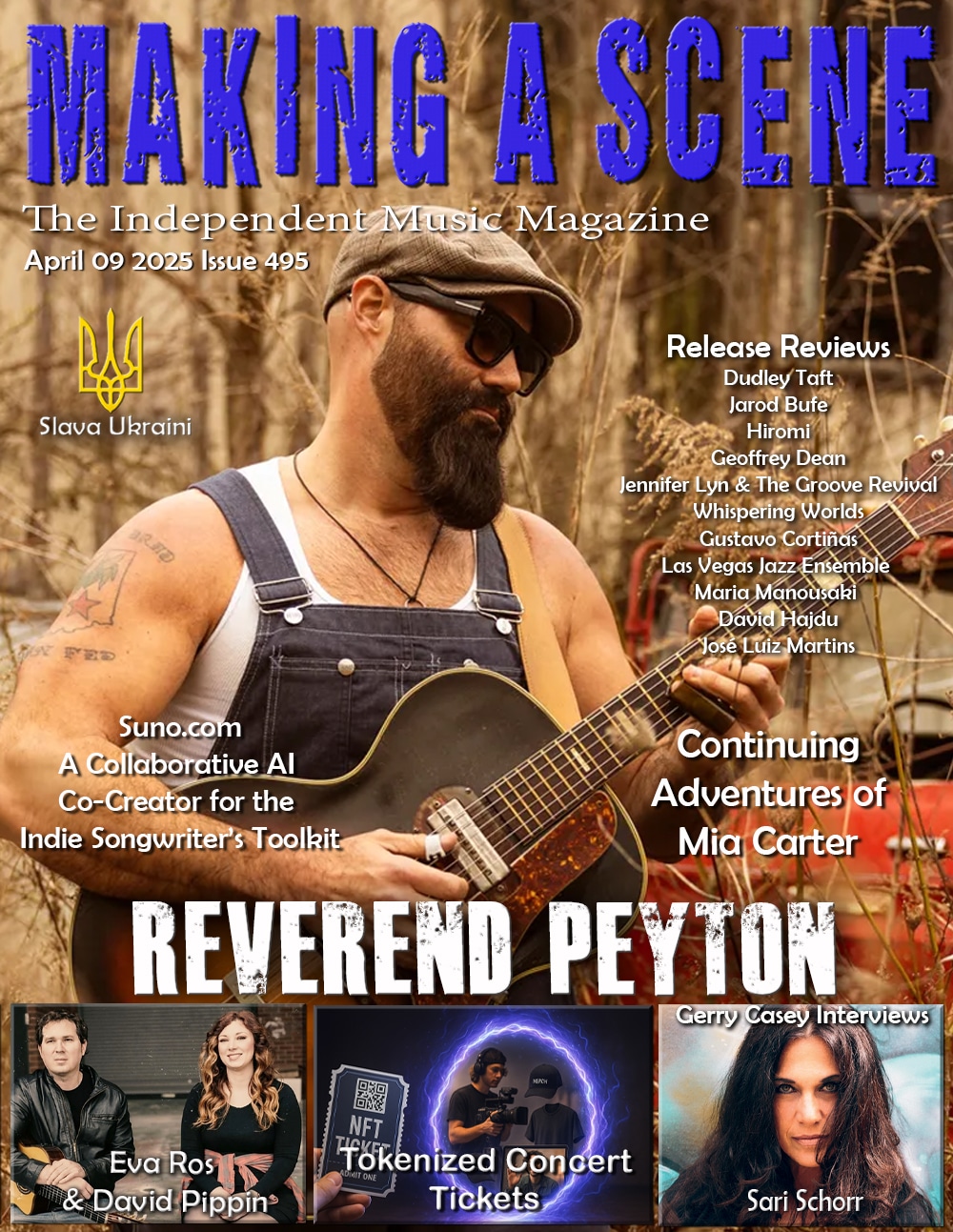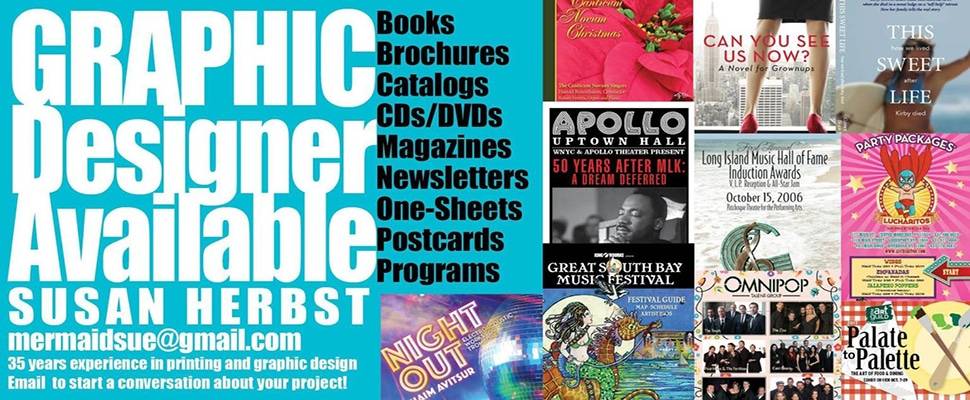Miguel Zenon and Luis Perdomo El Arte Del Bolero
 Miguel Zenon and Luis Perdomo
Miguel Zenon and Luis Perdomo
El Arte Del Bolero (Digital Release Only)
Miel Music
Last year we were late bringing you the eighth Grammy-nominated album, Sonero: The Music of Ismael Rivera, from reigning Saxophonist of the Year from the Jazz Journalists Association, Miguel Zenon. Zenon has also received four Latin Grammy nominations among his many accolades. This duo recording, El Arte Del Bolero, which is a digital release only, features pianist Luis Perdomo (who was also on Sonero), was recorded at The Jazz Gallery in New York City which was livestreamed in September.
Zenon writes in the liner notes to the album: “As an instrumentalist, I spend a lot of my time working on making the saxophone an extension of my creative process. This process is always filtered through interpretation and expressiveness, and more often than not I find myself looking up to some of my favorite singers (people like Ismael Rivera, Cheo Feliciano and Andy Montañez) as sources of inspiration. In their individual voices I can hear a reflection of their unique personalities, all manifested at the highest level through their interpretation of songs. These melodies become vehicles for their creativity—a canvas on which they’ll portray their feelings and states of mind.”
These six selections are most familiar to both players, akin to doing an album of jazz standards but instead these are compositions from the Bolero era that they could just play right away, songs handed down from generations as essential to their development as the music of Charlie Parker, John Coltrane, or Thelonious Monk, but perhaps even more familiar. The artists claim that they hear the lyrics in these tunes as they play them, that they are as natural as breathing or hopping on that bicycle one hasn’t ridden in several years. It all comes back right away. Zenon again comments, “We recorded this music as a live show, all in one take, without much preparation other than discussing tonalities and some basic elements on form. We were more than pleasantly surprised with the results and decided that they deserved to be shared. There is nothing like making music with someone else, finding a common language we can grab onto and then just going and exploring that together. We hope this comes across here, and that you enjoy the music.” Th music is gorgeously relaxed and even for those unfamiliar with the Bolero form, it should evoke a similar mood as Coltrane’s Ballads or Charlie Parker’s Charlie Parker with Strings. Perdomo’s sensitive, delicate playing is the perfect accompaniment for Zenon’s floating, ever sweet lyricism.
Here’s a brief synopsis of each selection. “Como Fue” was popularized by the great Benny Moré and has long become a Latin-American standard. Although the duo usually plays it in the key of Eb, they decided to play it in Db here, mainly inspired by a recent immersion into the music of Billy Strayhorn. “Alma Adentro” was previously recorded with a larger ensemble on a 2012 album of the same name. Sylvia Rexach, the composer of this piece, is a favorite of Zenon’s mother that he was exposed to as a young child and thereby brings back feelings of longing and deep nostalgia. “Ese Hastío” owes to Ray Barreto who recorded this under the title of “Piensa En Mi” on his legendary 1979 album Rican-Struction. Zenon had never played the song before, but Perdomo suggested it since he had recorded the piece as an instrumental on his album Pathways.
“La Vida Es Un Sueño” was written by Cuban Arsenio Rodriguez, a revolutionary artist who changed the course of Latin-American music forever. Blinded by a tragic accident as a child, Arsenio moved to the United States later in life in hope that doctors there could find a cure to his condition. Legend has it that, shortly after finding out from his doctors that this would not be the case, he wrote this song. The last verse says it all: “La realidad es nacer y morir / Porque llenarnos de tanta ansiedad / Todo no es mas que un eterno sufrir / El mundo esta hecho de infelicidad.” (“Reality is to be born and die / Because to fill us with so much anxiety / Everything is but an eternal suffering / The world is made of unhappiness.”)
“Que Te Pedí “was immortalized by Latin diva “La Lupe” in her seminal 1965 version (recorded with Tito Puente), this song has since become an anthem for lost love and heartbreak all over Latin-America. Both had performed it before, but this was the first time they played it as a duo. “Juguete” is a classic written by the legendary Bobby Capo and popularized by Cheo Feliciano on his 1972 album La Voz Sensual de Cheo. It boasts more tempo than the other selections, especially toward the end.
More About Both Artists
Beyond what has already been mentioned about Miguel Zenon, he is both a Guggenheim and MacArthur Fellow, one of a select group of musicians who have masterfully balanced and blended the often-contradictory poles of innovation and tradition. Born and raised in San Juan, Puerto Rico, Zenón has recorded and toured with a wide variety of musicians including Charlie Haden, Fred Hersch, Kenny Werner, Bobby Hutcherson, and Steve Coleman and is a founding member of the SFJAZZ Collective. Zenón’s 2021 releases will also include the spring release of Law Years: The Music of Ornette Coleman featuring Zenón with Ariel Bringuez, Demain Cabaud and Jordi Rossi and the fall release of an album with his long-standing quartet.
Luis Perdomo hails originally from Venezuela, and is a Grammy® nominated pianist, composer, arranger, and educator. Luis Perdomo moved to NYC in the early 90s and has since established himself as one of the most in-demand musicians on the scene. He has recorded and/or performed with Ravi Coltrane, David Sanchez, Jerry Gonzalez and the Fort Apache Band, Tom Harrell, John Patitucci, Ray Barretto, Brian Lynch, Robin Eubanks, Dave Douglas, David Weiss and The Cookers, David Gilmore, Ralph Irizarry & Timbalaye, Henry Threadgill and Steve Turre. He has collaborated with Miguel Zenón for 20 years. Perdomo has performed at festivals and venues in over 50 countries and has released nine recordings as a leader. He has also appeared on over 200 recordings as a sideman including, most recently, two Grammy nominated albums: Ravi Coltrane’s Spirit Fiction and Miguel Zenón’s Sonero. In 2002 he earned the 2nd Grand Prix at the 3rd Martial Solal Jazz Piano Competition in Paris.
Jim Hynes
Can Be Pre-saved on All Digital Platforms
Discover more from Making A Scene!
Subscribe to get the latest posts sent to your email.












































